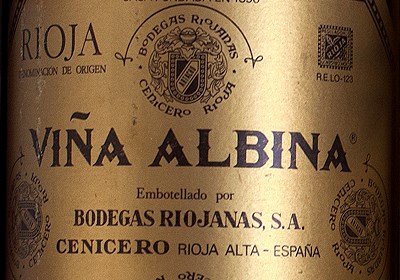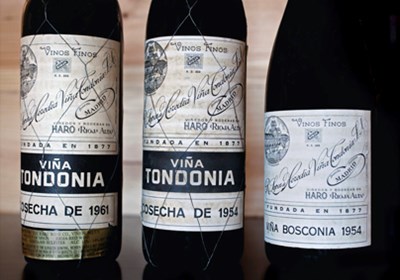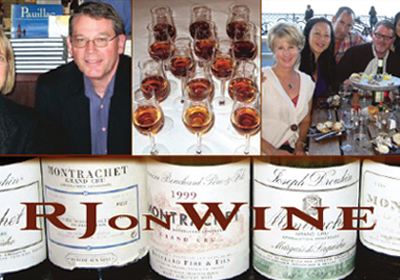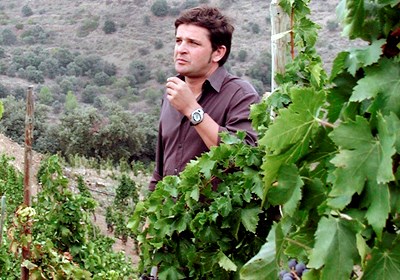
Which site would you like to visit?
By clicking the retail or wholesale site button and/or using rarewineco.com you are choosing to accept our use of cookies to provide you the best possible web experience.
June 8, 2011
For the first three-quarters of the twentieth century, Rioja produced one of the world's most distinctive styles of red wine—a marriage of Northern Spanish grape varieties (led by Tempranillo) aged in American oak for up to six or eight years or even longer. With the delicacy of red Burgundy, but aromatics all their own, they stood the test of time, developing into wines of great style and elegance with age.
Like other traditional schools of winemaking, this classic style of Rioja was an accident of history, having been born in the 1870s and 1880s when Bordeaux needed to replace wine lost when Phylloxera ravaged its vineyards. Rioja was a convenient source, as it lay just 200 miles south of Bordeaux and was spared Phylloxera until 1899. Now-famous companies like López de Heredia, Marqués de Murrieta, and CUNE were founded-housed in exotic Victorian bodegas and drawing on hundreds, if not thousands, of acres of vineyards. They provided wine to the Bordelais but also to the world. And a singular style of winemaking evolved.
The Riojans proved that they could make wine as fine as those of France and do so on a large scale. But in the 1980s and 1990s, this traditional style of Rioja very nearly perished. As in other regions throughout the world, young winemakers abandoned the methods traditional to their area in favor of modern techniques perfected elsewhere. This change may have occurred with particular speed and passion in Rioja, as Spain looked to the future, coming out of its painful four decades under Franco rule.
There was an explosion of new wineries in Rioja, and virtually every one of them turned its back on the classic American oak barrels in favor of new French barriques. They also adopted vinification and aging techniques that we are more accustomed to see in California or Tuscany.
Fortunately for those of us who love traditional wine, old-style Riojas have not totally disappeared. A few diehard bodegas continue to turn out soulful Riojas like those made 50 or 100 years ago. The most notable example is of course López de Heredia, which refuses to give into fashion and has changed very little in the past century. But there are others who continue to make at least some wines that are essentially traditional, such as La Rioja Alta, Bodegas Riojanas, and CUNE.
But the other glimmer of light is that Riojas are among the world’s longest-lived red wines, capable of aging gracefully for 30, 40, or 50 years, with ease. And until very recently, old Riojas—lovingly cellared by the producers and great restaurants in Spain—could still be had at bargain prices.
For years, we’ve been buying old Rioja whenever we’ve had the chance, inspired by a tasting we’d attended in London in December, 1998, featuring wines from a private Madrid cellar. It was one of those wine epiphanies that changes us forever. Since then, we've been plumbing similar collections from Spain, paying sometimes laughably low prices for 30, 40 and 50-year-old treasures.
But such purchases may soon be impossible. With the greatness of these old wines becoming more and more appreciated, and since young wines are rarely made in this style anymore, prices are going up at a staggering clip. Part of the problem has been that the traditional producers themselves have been forced to protect their vanishing stocks of “library wines” as demand soars.
Interest in these great, irreplaceable wines is just beginning to build, and it’s looking like a repeat of what has happened with traditional Barolo and Barbaresco. For now, there are still bargains to be had, but the window of opportunity won’t be open forever.




New discoveries, rare bottles of extraordinary provenance, limited time offers delivered to your inbox weekly. Be the first to know.
Please Wait
Adding to Cart.
...Loading...


By clicking the retail or wholesale site button and/or using rarewineco.com you are choosing to accept our use of cookies to provide you the best possible web experience.

